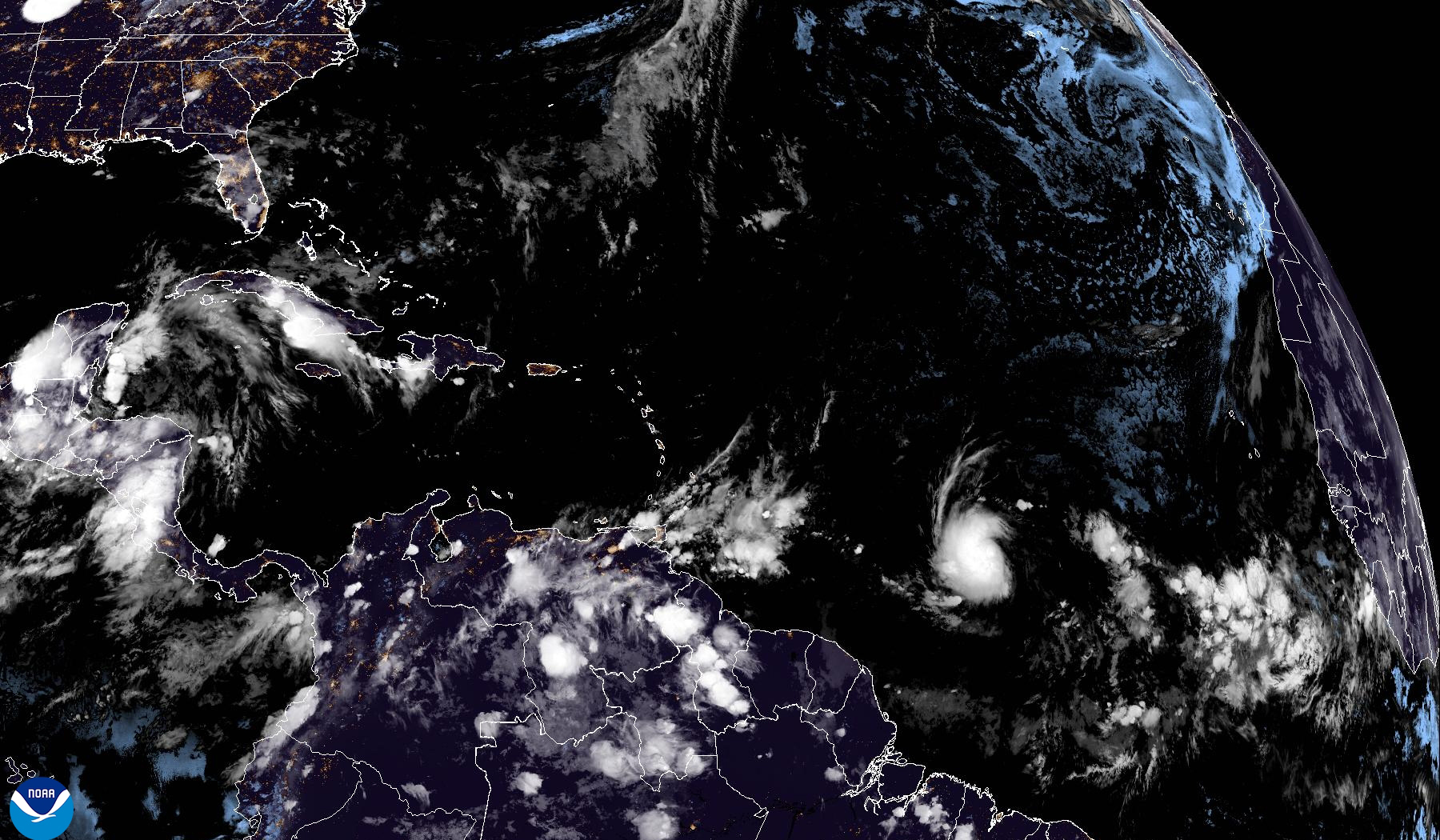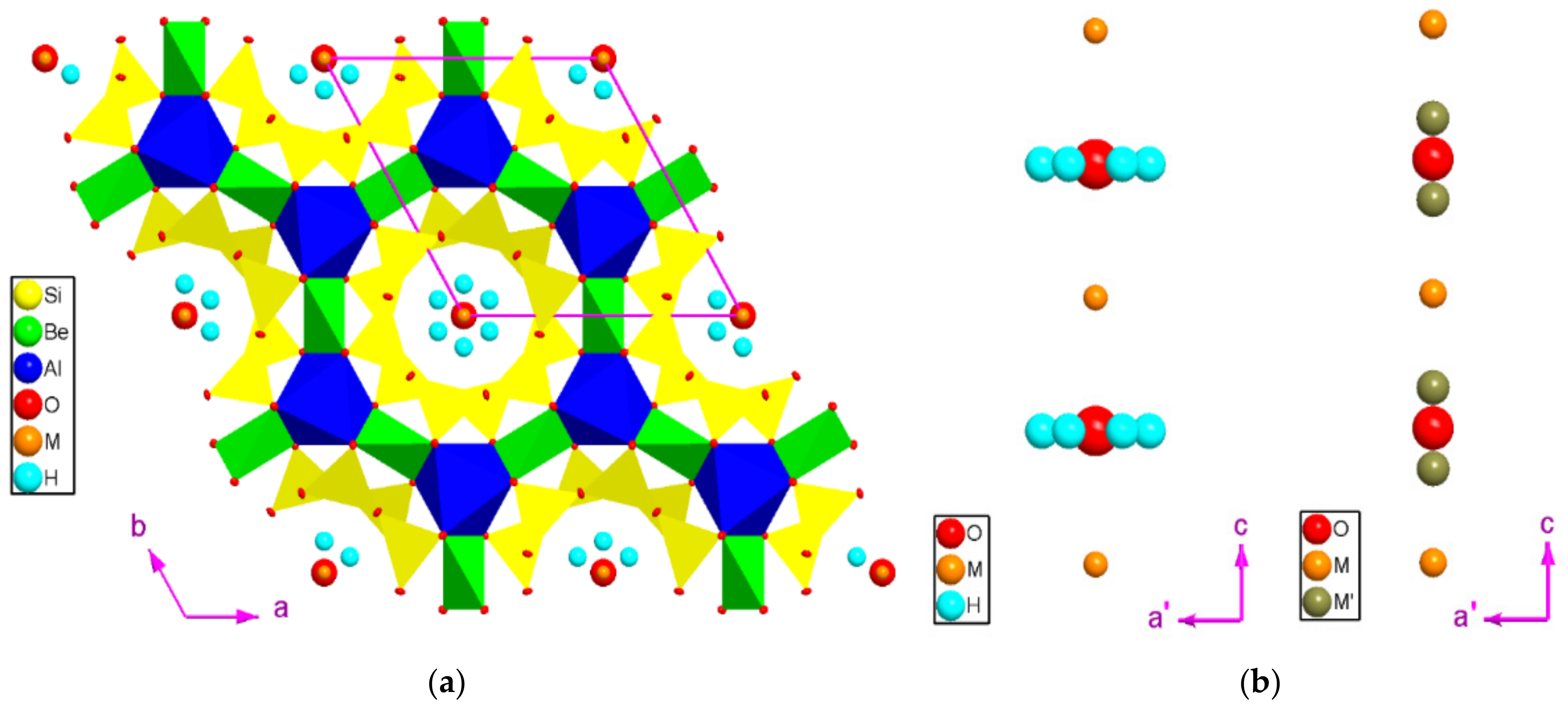Tropical Storm Beryl

Nhc beryl – Tropical Storm Beryl formed over the Atlantic Ocean on July 5, 2023. The storm is expected to move northwestward over the next few days, and it could strengthen into a hurricane by the end of the week.
Ahm, we got hurricane Beryl over here, folks. Been watchin’ it close, and it’s got a bit of a wild path ahead. You can check out the storm beryl path for all the details. But back to Beryl, it’s still a force to be reckoned with, so stay tuned for updates.
The National Hurricane Center (NHC) has issued a tropical storm warning for the coast of Florida from Vero Beach to Fernandina Beach. The NHC is also urging residents in the affected areas to monitor the storm’s progress and be prepared to take action if necessary.
Potential Impacts
Tropical Storm Beryl could bring heavy rain, flooding, storm surge, and wind damage to the coast of Florida. The storm surge could be particularly dangerous, as it could reach heights of up to 4 feet in some areas.
NHC Beryl is a tropical storm that has been making its way across the Atlantic Ocean. To help predict its path, meteorologists have been using spaghetti models. These models show a range of possible paths that the storm could take, based on different factors such as wind speed and direction.
You can find more information about these models by clicking here. As NHC Beryl continues to move, it is important to stay informed about its potential impact and take necessary precautions.
Official Advisories
The NHC is advising residents in the affected areas to:
- Monitor the storm’s progress
- Be prepared to evacuate if necessary
- Stock up on food, water, and other supplies
- Secure loose objects around your home
- Stay informed about the storm’s progress
NHC Forecast and Tracking: Nhc Beryl

The National Hurricane Center (NHC) is responsible for forecasting and tracking tropical storms and hurricanes in the Atlantic Ocean and Eastern Pacific Ocean. The NHC uses a variety of tools and techniques to forecast the path and intensity of tropical storms and hurricanes, including satellite imagery, radar data, and computer models.
The NHC’s forecast for Tropical Storm Beryl includes its predicted path and intensity. The NHC predicts that Beryl will continue to move west-northwestward over the next few days, and it is expected to strengthen into a hurricane by the end of the week. The NHC also predicts that Beryl will make landfall in Florida on Saturday night.
NHC Forecast Summary
The following table summarizes the NHC’s key forecast points for Tropical Storm Beryl:
| Forecast Point | Value |
|---|---|
| Current Location | 16.3°N 64.5°W |
| Current Wind Speed | 65 mph |
| Predicted Path | West-northwestward |
| Predicted Landfall | Florida |
| Predicted Landfall Time | Saturday night |
Safety and Preparedness

Residents in the path of Tropical Storm Beryl must prioritize hurricane preparedness and safety measures to safeguard their well-being and minimize potential damage.
Before the storm, secure loose objects outside your home, such as patio furniture and garbage cans. Board up windows and doors to prevent wind damage. Fill your vehicle’s gas tank and gather essential supplies, including food, water, medications, a first-aid kit, and a battery-powered radio.
Evacuation
If an evacuation order is issued, follow it immediately. Identify evacuation routes and shelters in advance, and plan to leave early to avoid traffic and potential delays.
During the Storm
Stay indoors during the hurricane. Keep away from windows and doors, and go to an interior room or basement for added protection. Listen to local news and weather updates for the latest information and instructions.
After the Storm, Nhc beryl
Once the storm passes, be cautious when venturing outside. Watch for downed power lines, damaged buildings, and other hazards. If you experience any injuries, seek medical attention promptly.
Contact your insurance company to report any damage. Stay informed about official updates and follow instructions from local authorities regarding recovery and assistance programs.
Emergency Services and Disaster Relief Organizations
- National Hurricane Center: https://www.nhc.noaa.gov/
- Federal Emergency Management Agency (FEMA): https://www.fema.gov/
- American Red Cross: https://www.redcross.org/